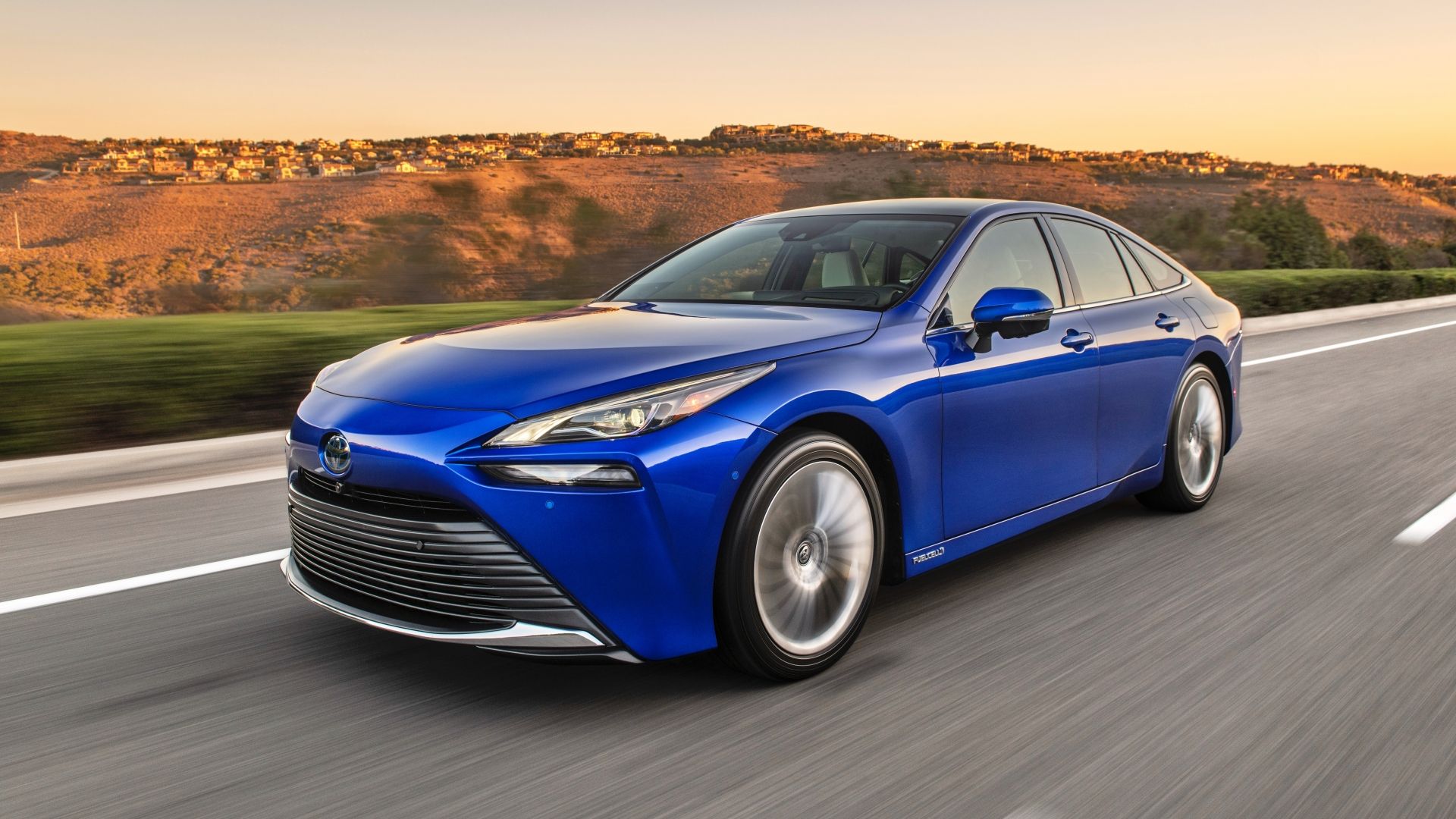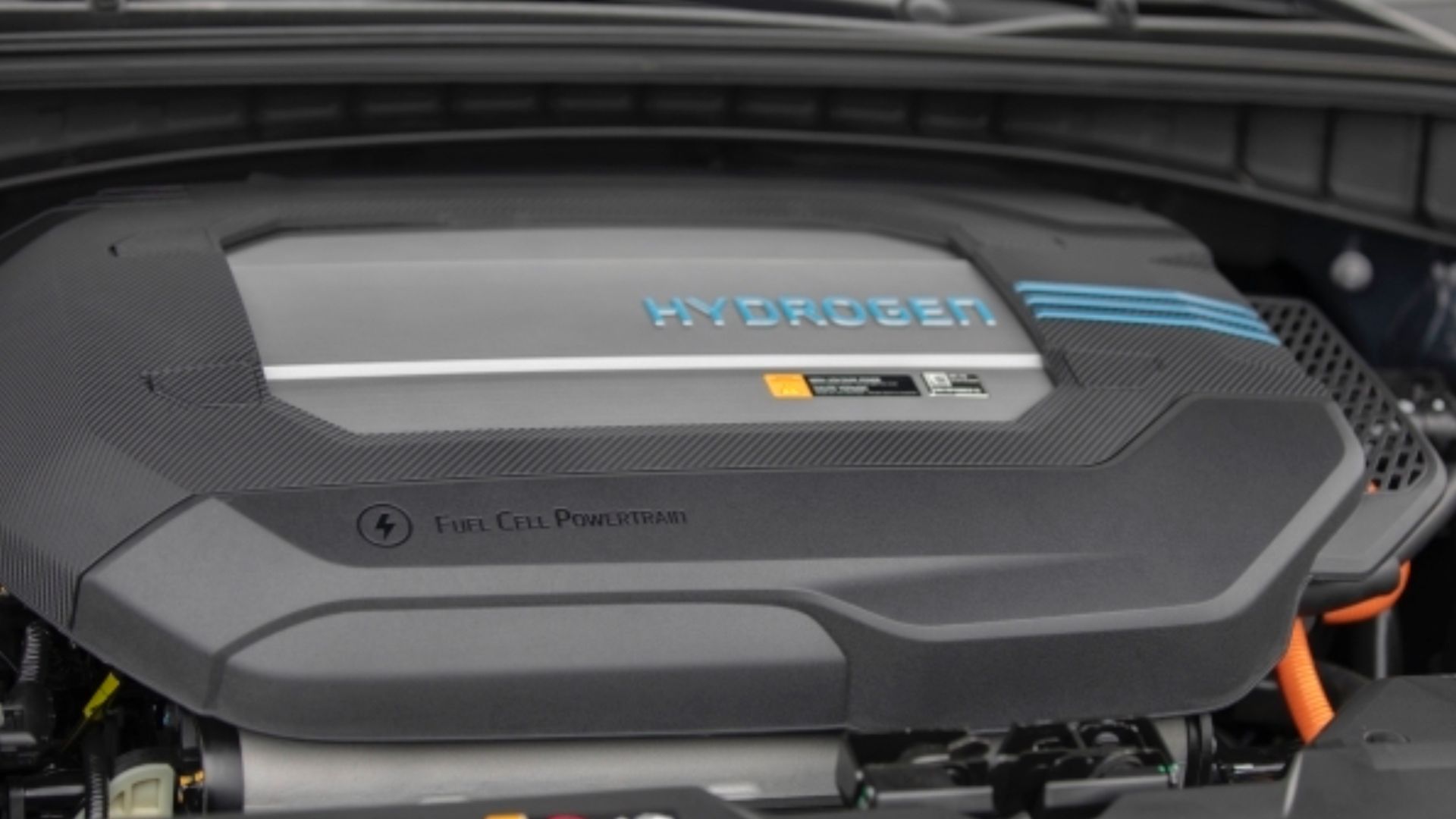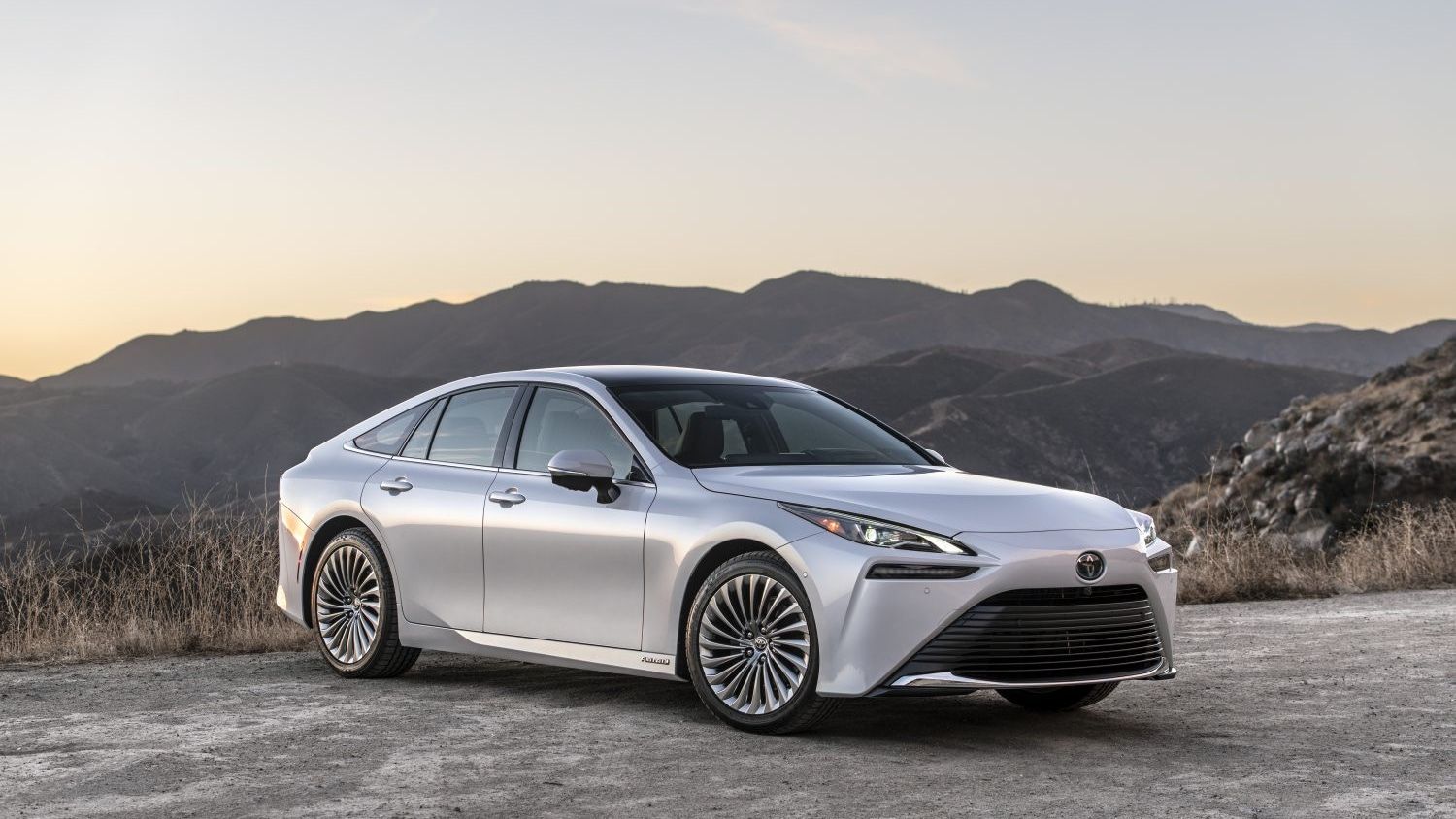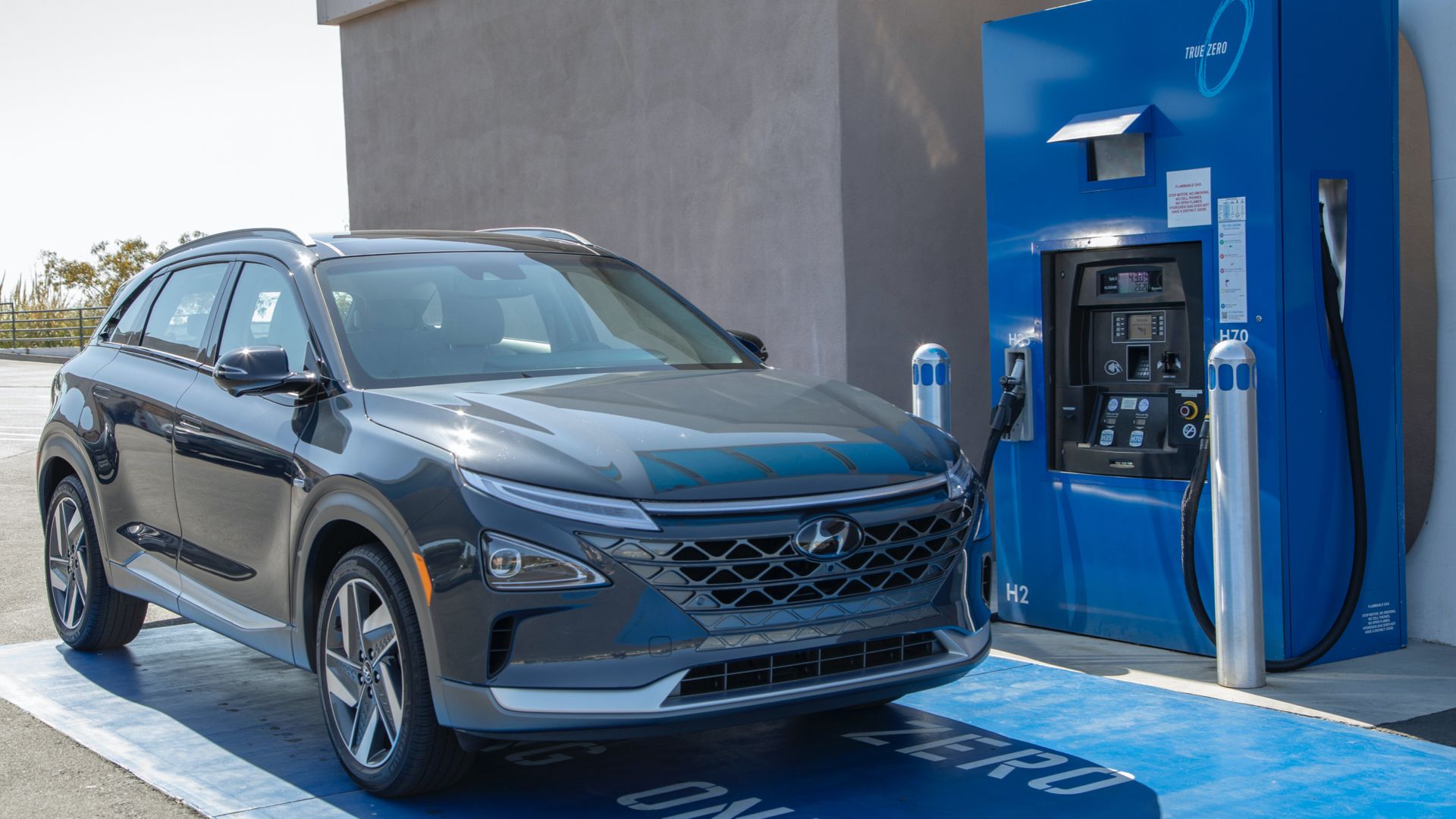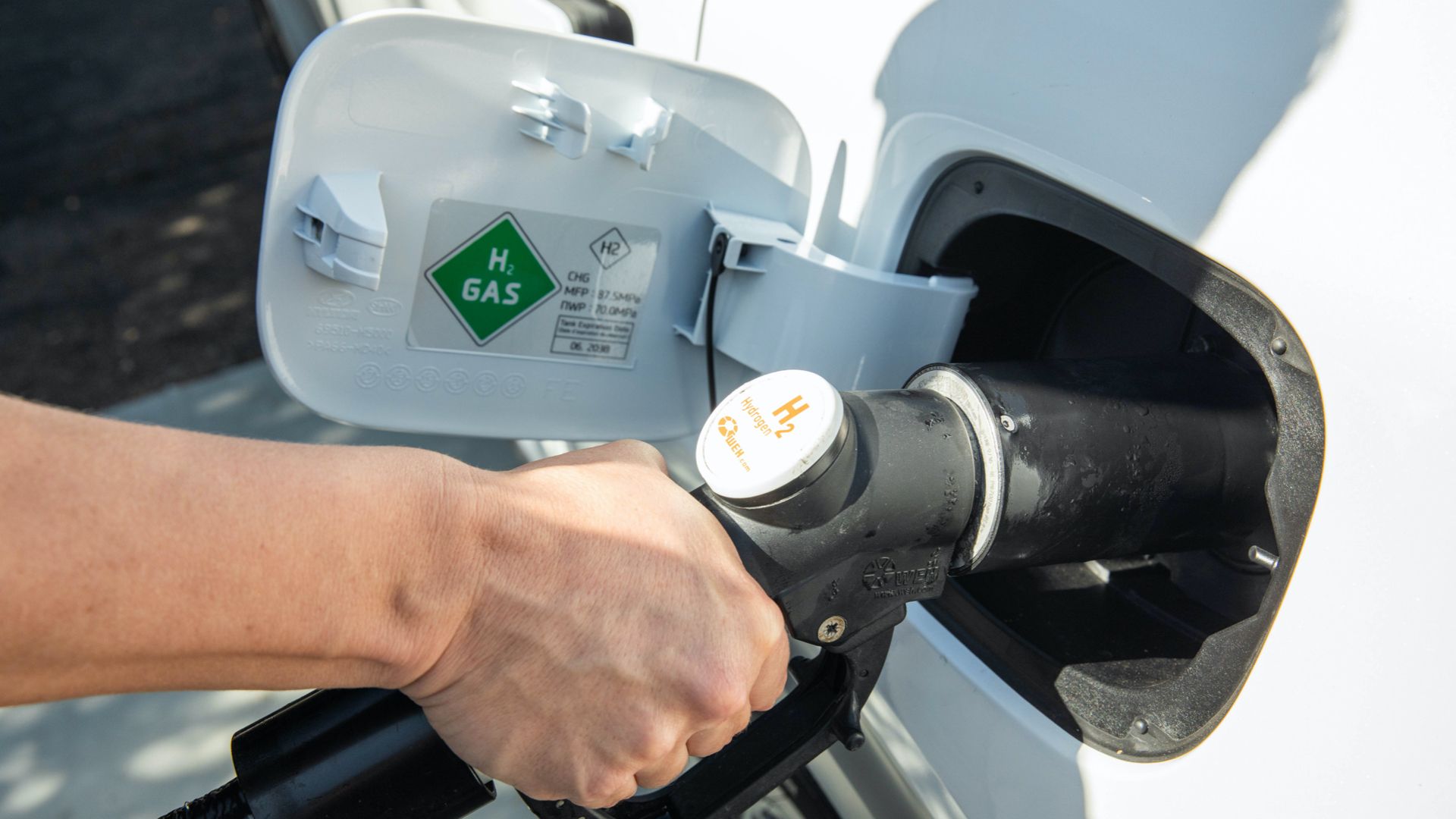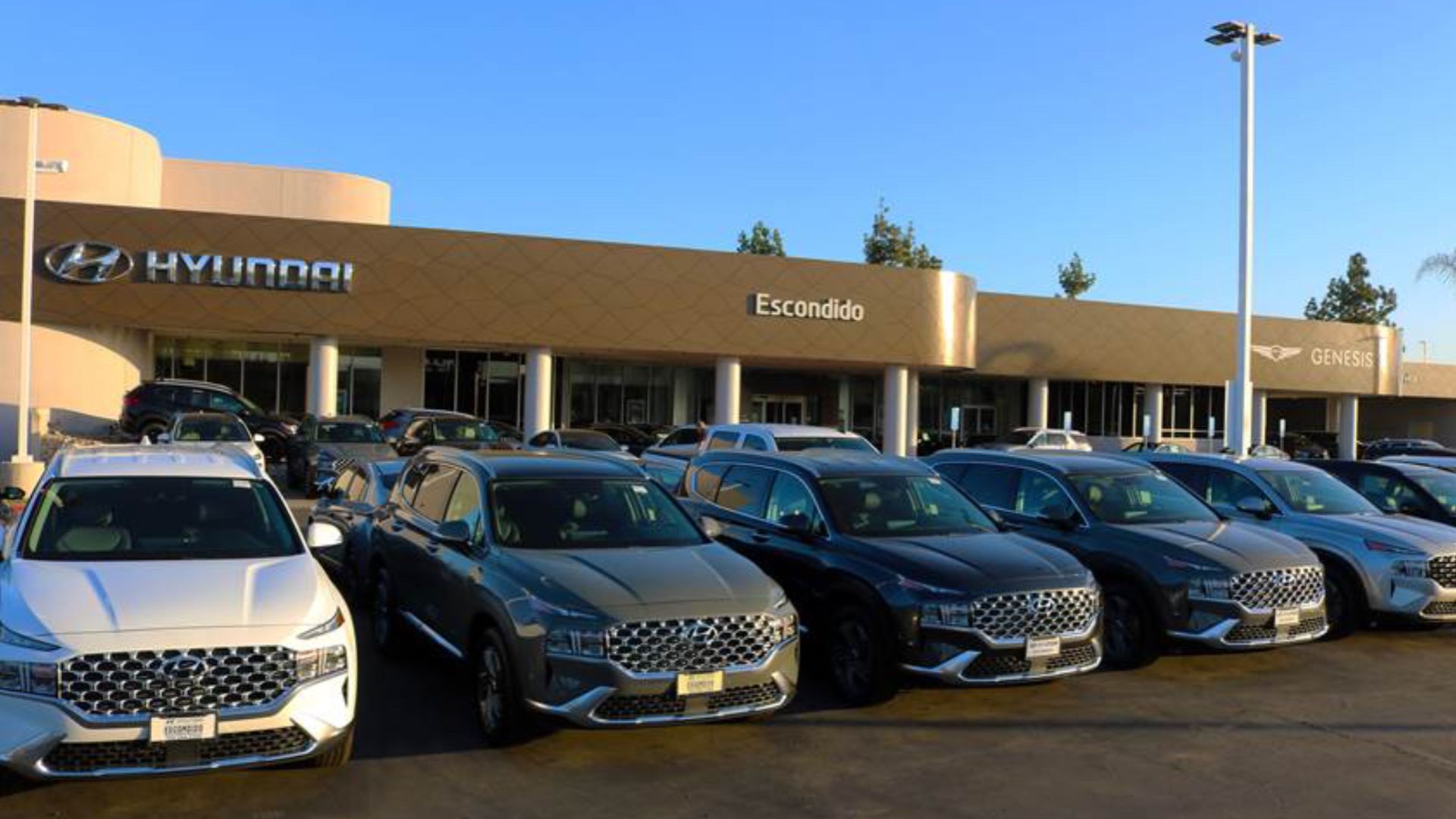The technology in Hydrogen Fuel Cell Electric Vehicles (HFCEVs) is impressive and has a great deal of potential. They also have several advantages over traditional EVs like longer range and quicker charging or refueling. There are however several things that need to happen with the technology if hydrogen-powered cars are going to take off. Right now hydrogen takes a lot of fossil fuel to create, and it's expensive. There is also a lack of hydrogen fueling station infrastructure. Most of all, the thing that may be holding back HFCEVs is the success of non-hydrogen electric vehicles. People need a solid reason to ditch their Teslas and until a compelling argument is made, hydrogen-powered vehicles will linger in obscurity.
Hydrogen Fuel Cells Are Space-Age Technology
Hydrogen fuel cell technology has actually been around for a while. It was developed to provide power on NASA's manned space missions in the late 1960s. Since that time, it has been improved upon and is now a viable alternative to the internal combustion engine for powering a terrestrial vehicle. A typical hydrogen fuel stack consists of an anode, a cathode, and an electrolyte membrane. The hydrogen goes to the anode, where it is split into protons and electrons, while oxygen is fed to the cathode. The electrons are forced into a circuit, creating electricity, while the protons go through the membrane converting into water.
Unlike traditional EVs that run off of a battery pack, HFCEVs have a reinforced tank of compressed hydrogen that goes through the fuel stack. That converted electricity is what powers the vehicle's electric motors, with harmless water vapor coming out of the tailpipe.
Here's Where Hydrogen Fuel Cell Tech Meets The Road
Honda introduced the hydrogen-powered Clarity in 2018 and then canceled it a couple of years later. There are however 2 HFCEVs on the market utilizing this amazing technology. Toyota has the four-door sedan Mirai and Hyundai makes a crossover SUV called the Nexo. Both vehicles offer luxury rides powered by hydrogen cells. The Mirai makes 182 horsepower and 300 pound-feet of torque, and starts at $50,595. The $61,470 Nexo's powertrain only makes 161 horses and 291 pound-feet of torque, but comes with a 40-kWh battery pack to give it a little extra push. Despite being heavier and having a smaller motor, the Nexo beats the Mirai's 0-60 nine-second time, clocking in at 8.4 seconds.
In addition to these two HFCEV's there are a few more on the drawing board. Hopium introduced the four-door luxury cope, Machina, at the 2022 Paris auto show, which it hopes to have in production by 2025. BMW is also working with Toyota to produce a hydrogen fuel-cell SUV, which it plans to hit the market with in 2025.
What Hydrogen Gets Right
The biggest complaint among EV owners is the lack of range, and that's something hydrogen-powered cars can deliver on. Compared to an average range of 250 miles for an EV, the Hyundai Nexo can go 385 miles on a fill-up, while the Toyota Mirai extends that to 402 miles. The second most prevalent complaint for EV owners is how long they take to charge. Home charging can take anywhere between eight- to 40 hours to fully charge an EV battery pack. HFCEVs however fill up just like a gas-powered vehicle and only takes a few minutes. Also, both Toyota and Hyundai offer free fill-ups for their H₂ vehicles. Toyota gives buyers six years or $15,000, which ever comes first, of hydrogen refueling. Hyundai has a similar offer of 3 years or $13,000 worth of fill-ups.
What Hydrogen-Powered Vehicles Need To Improve On
The area hydrogen fuel cell vehicles need to improve upon the most is infrastructure. There simply aren't that many hydrogen fueling stations available. There are around 15 in Great Britain, only a handful in Canada, and maybe 60 in the U.S., all of which are in the state of California. Nobody is going to buy an HFCEV if they can't fill up the tank.
The next big issue is the price of hydrogen. Yes, automakers are offering free fill-ups for a limited time, but eventually, owners are left to their own devices. Hydrogen can cost the equivalent of gasoline up to 12 dollars a gallon. Getting that price down to the EV equivalent to gas of $2 a gallon is essential for hydrogen-powered success. Another area that hurts HFCEVs is that they're not as environmentally friendly as advertised. It takes a lot of energy to make hydrogen, and currently, 99-percent of production comes from fossil fuels. The vehicle may not pollute, but making its fuel sure does. A green energy solution to hydrogen production must be found to make H₂ vehicles more attractive to eco-conscious consumers.
HFCEVs Can Succeed As Long As EVs Don't Stand In The Way
Infrastructure can be built and new cheaper, greener ways to make hydrogen can be found. The technology, in terms of powering vehicles, is still in its infancy, so it stands to reason that it will only improve. HFCEVs can match the economy of EVs and compete with them for drivers. However, even if H₂ vehicles become as cheap and convenient to operate as EVs, battery technology is also moving along and improving range, which would wipe out the HFCEVs advantage. In the end, EV owners might not see any reason to swap out their Model S for a Mirai. If all things are equal, consumers are going to stick with what they know.

